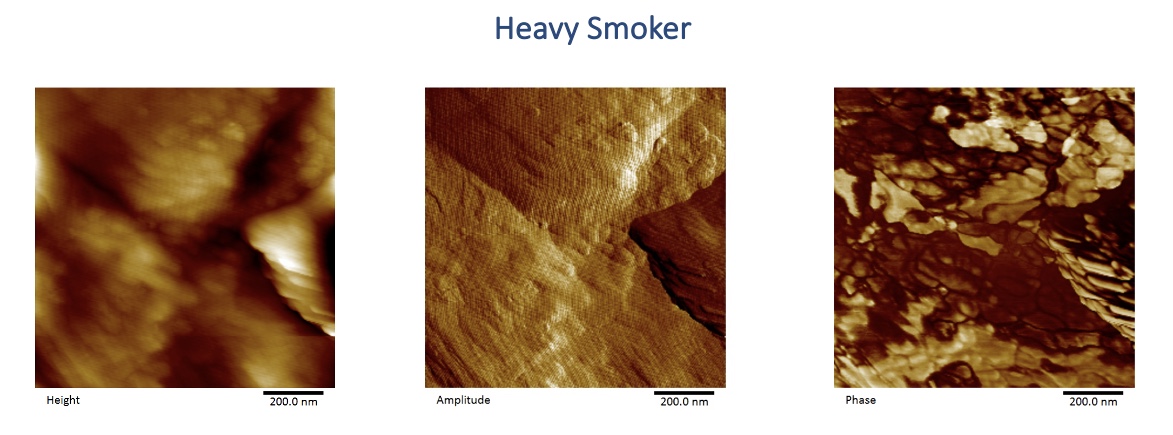scanning probe microscopy part II - imaging modes
1/24
Earn XP
Description and Tags
imaging modes
Name | Mastery | Learn | Test | Matching | Spaced |
|---|
No study sessions yet.
25 Terms
Imaging modes
Atomic Force Microscopy
Modes of operation
The interatomic interaction between sample and tip involves van der Waals’ forces:
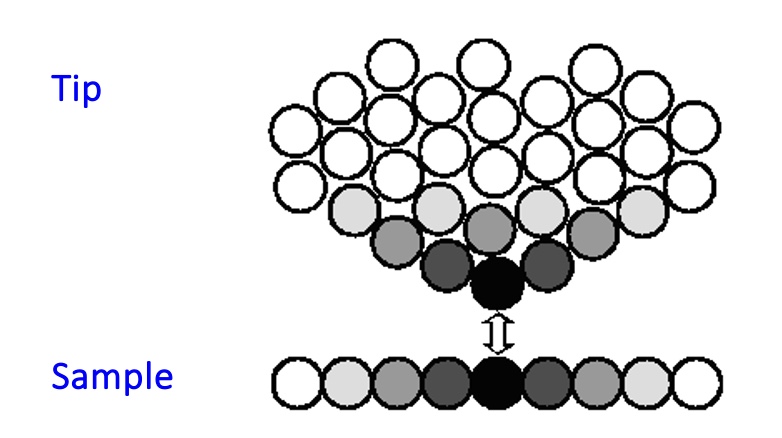
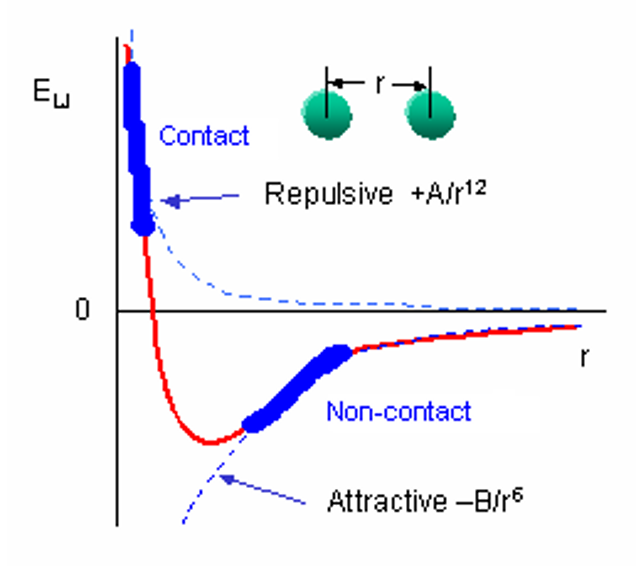
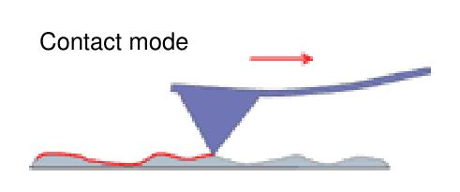
Contact mode
In contact AFM method, the probe tip scans across the sample surface, coming into direct physical contact with the sample.


contact mode
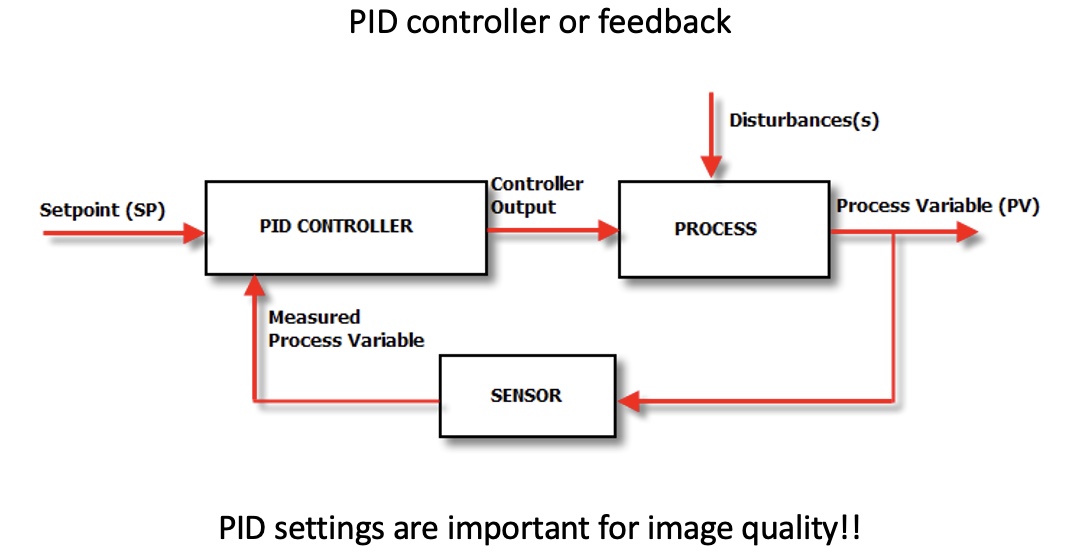
non-contact mode
In Non-Contact Mode AFM the cantilever oscillates at a frequency slightly above its resonance frequency (amplitude <10nm) in order to obtain an AC signal from the cantilever.
The cantilever's resonant frequency decreases by the van der Waals’ force and by other long range forces extending above the surface.
The system detects variations in the resonant frequency or vibration amplitude.
This mode is ideal for studying soft or elastic samples because the total force between the tip and sample is very low (about 10-12 N).
The force in the non-contact regime is low, making it more difficult to measure than that of contact mode.
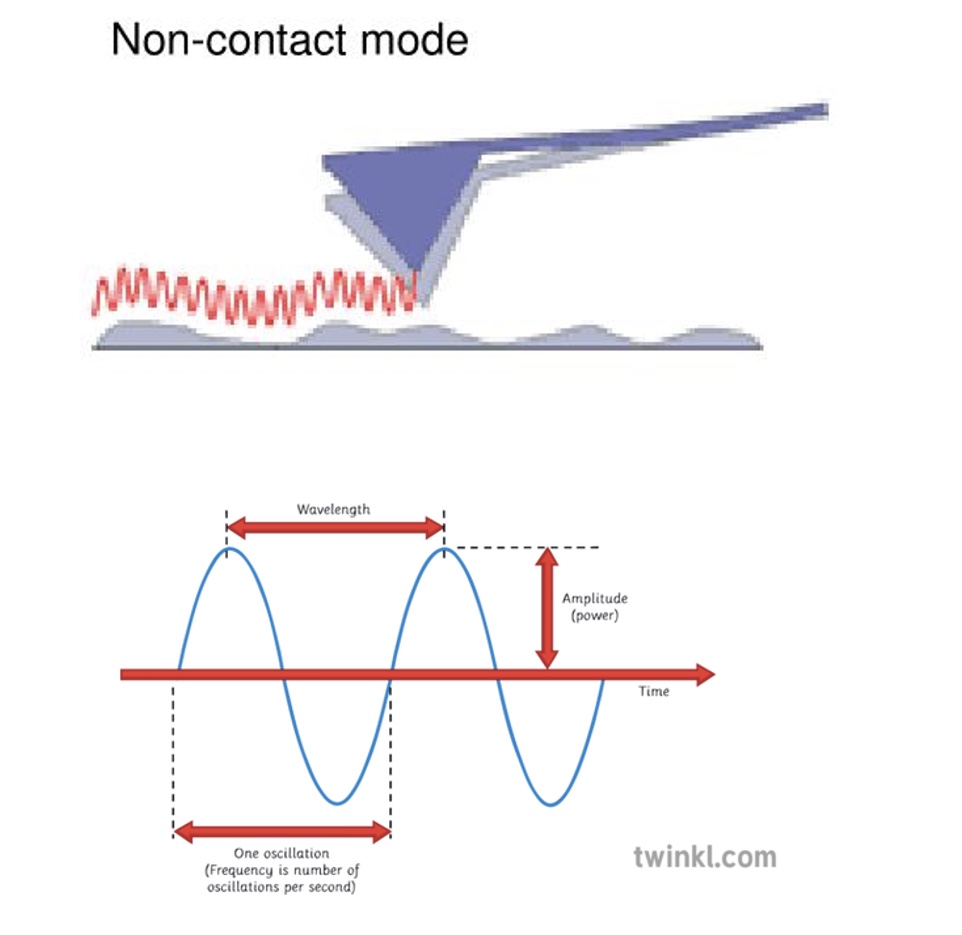
OSCILLATING MODE (TappingMode™)
Oscillating the probe cantilever while scanning avoids lateral or shear forces between the probe and sample during imaging.
Typically, probe cantilever oscillation is at the cantilever resonance frequency, and a relatively stiff cantilever is used.
When large amplitude oscillations are used, the probe might crash and cause damage to tip and sample.

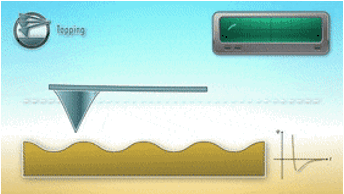
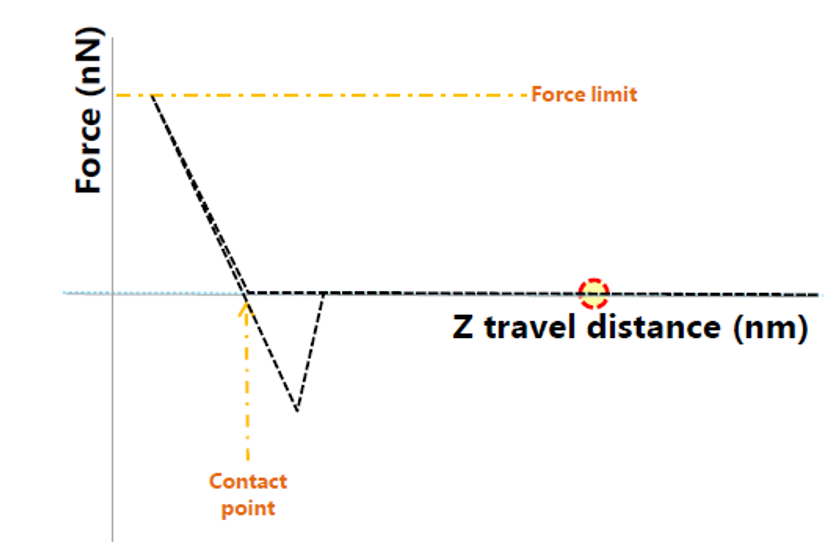
Phase imaging

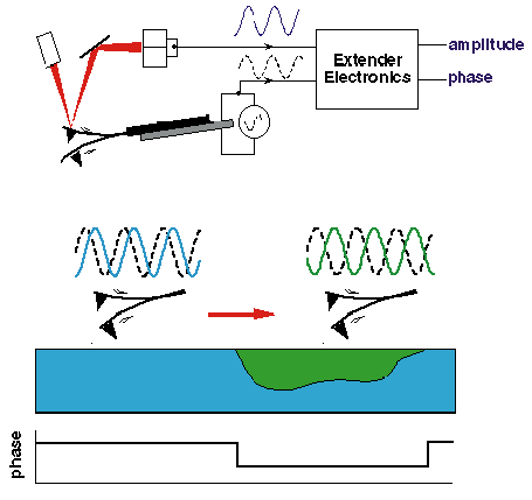
Imaging - paper fibres
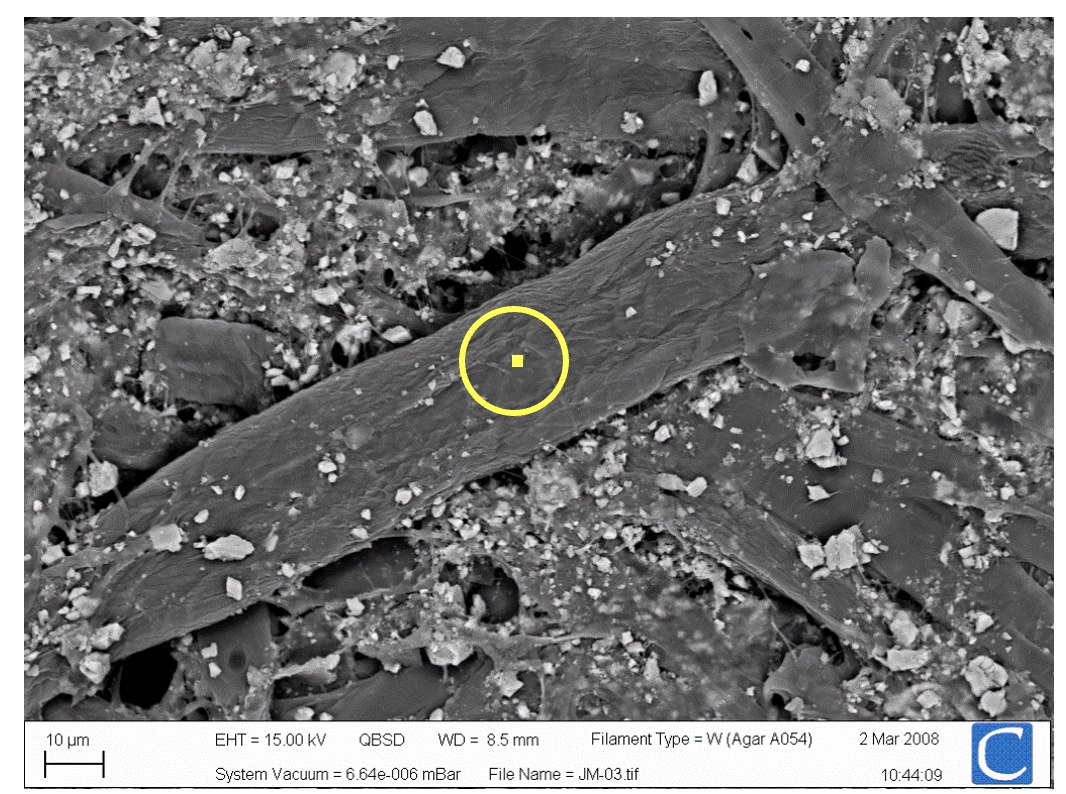
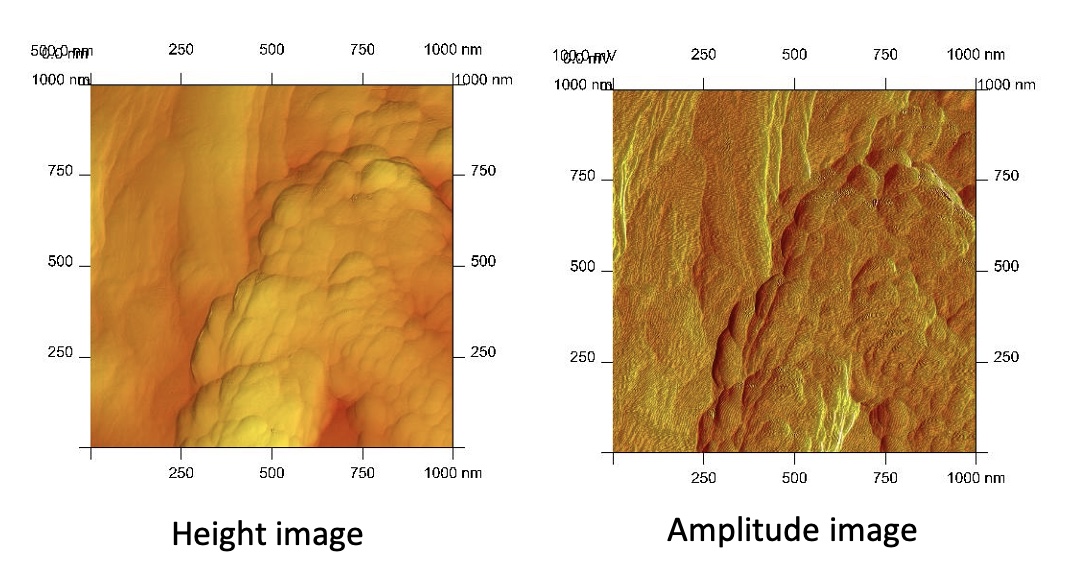
imaging-paper fibres
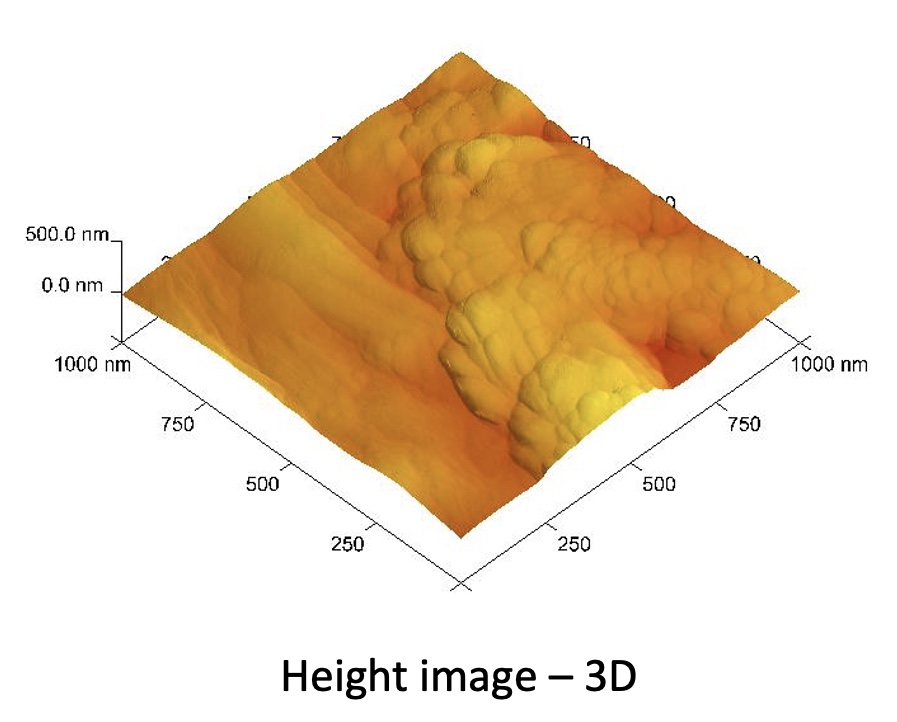
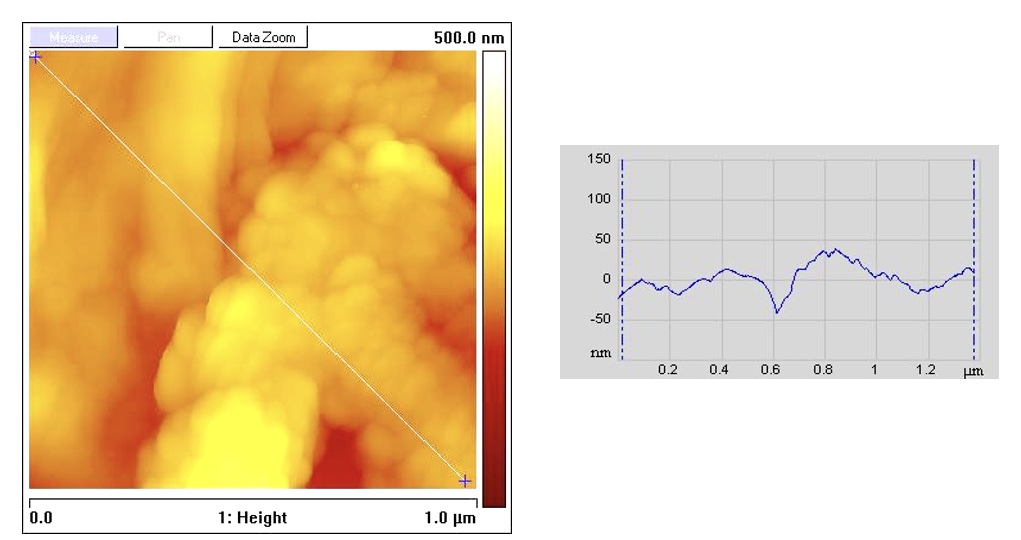
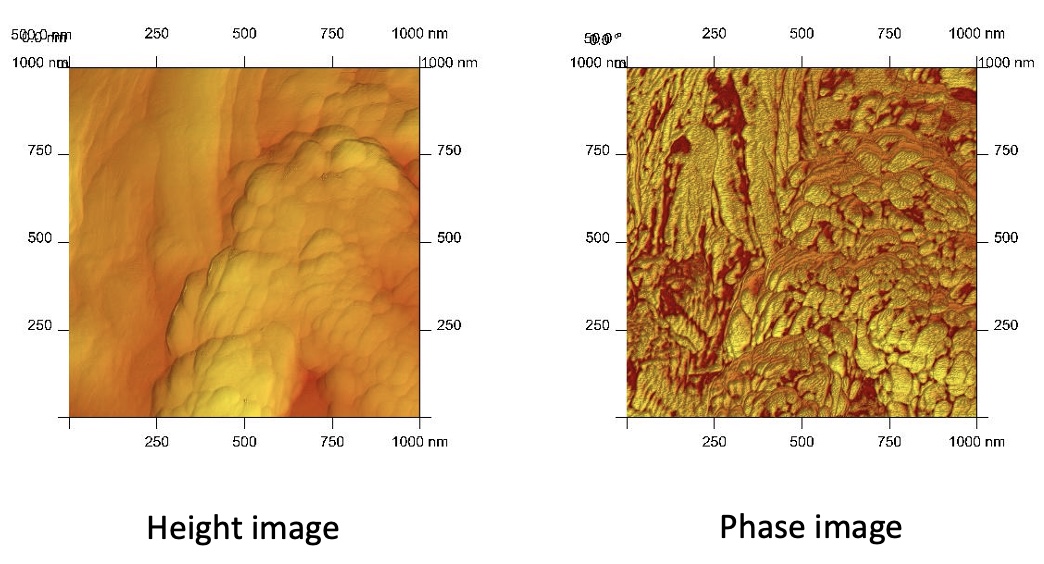
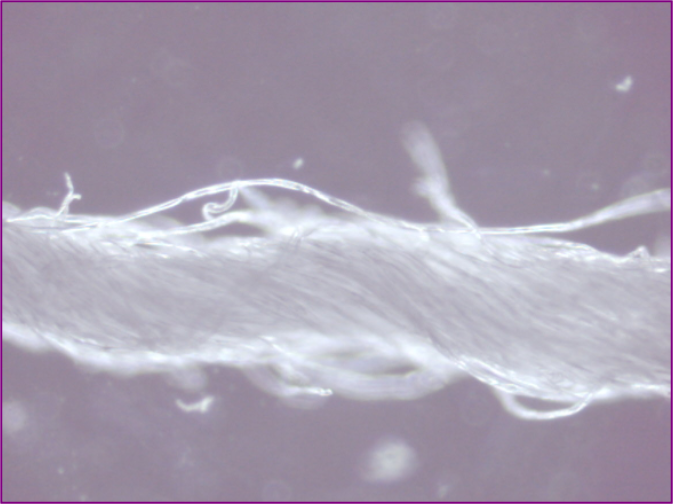
AFM IMAGES OF COTTON WEAVE
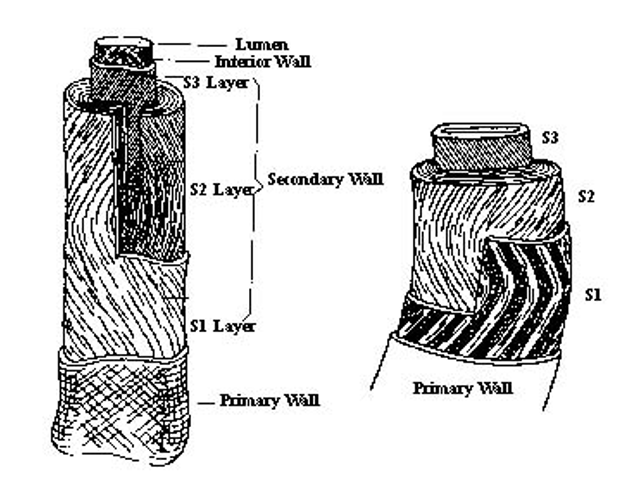
AFM PHASE IMAGES OF COTTON WEAVE

AFM images of cotton cross section

AFM IMAGES OF DNA
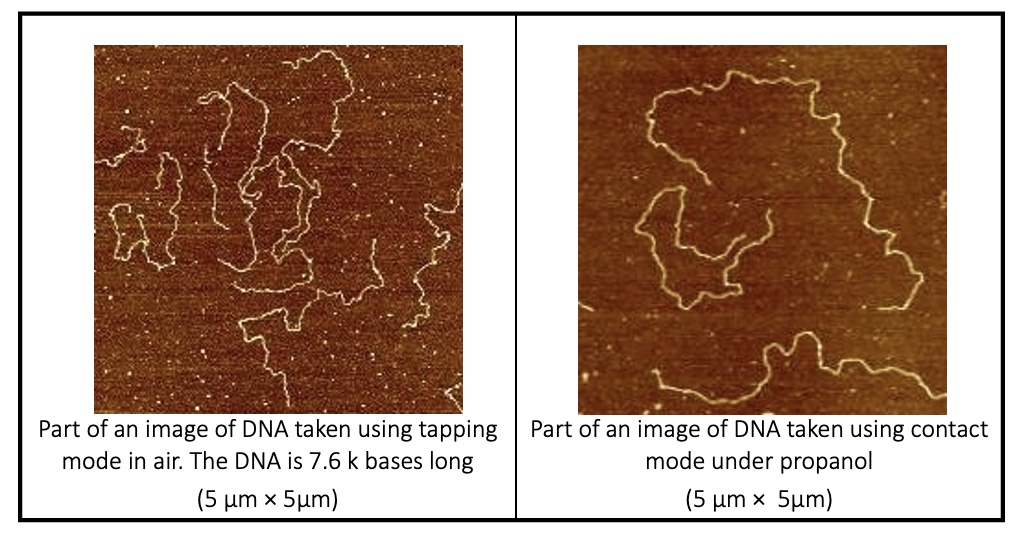

Human Hair
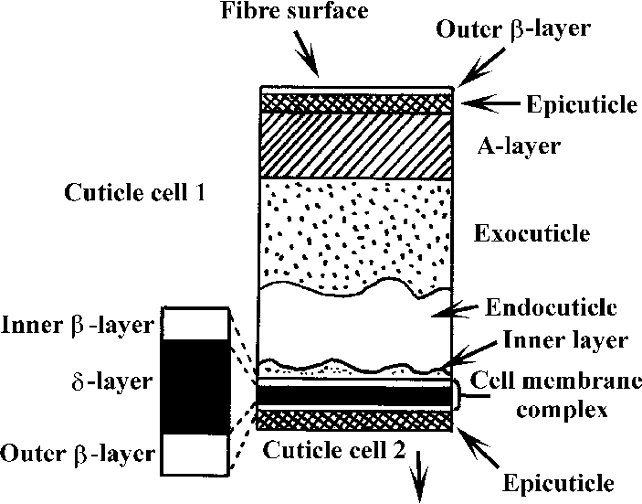
Brightfield microscopy
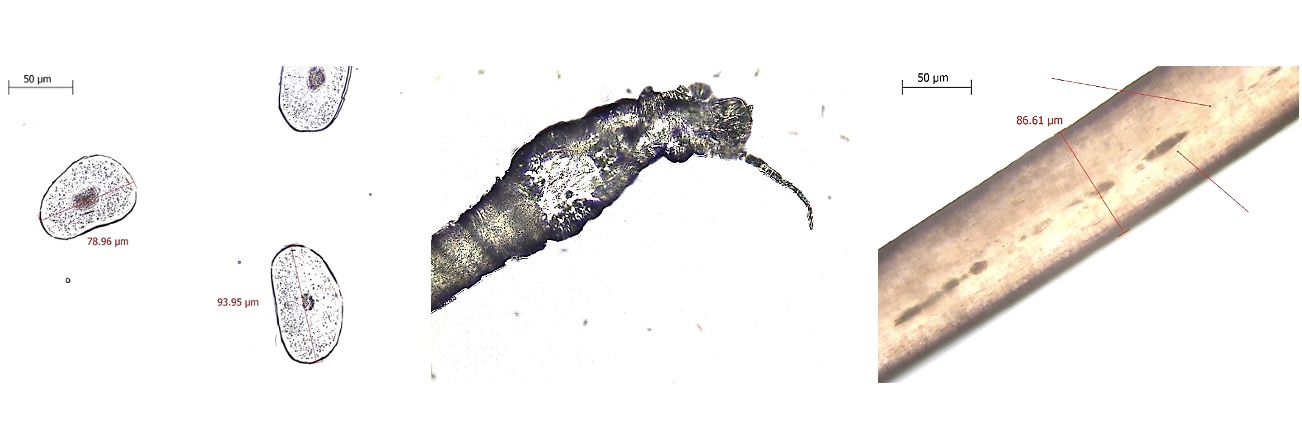
Darkfield Microscopy

polarised light microscopy
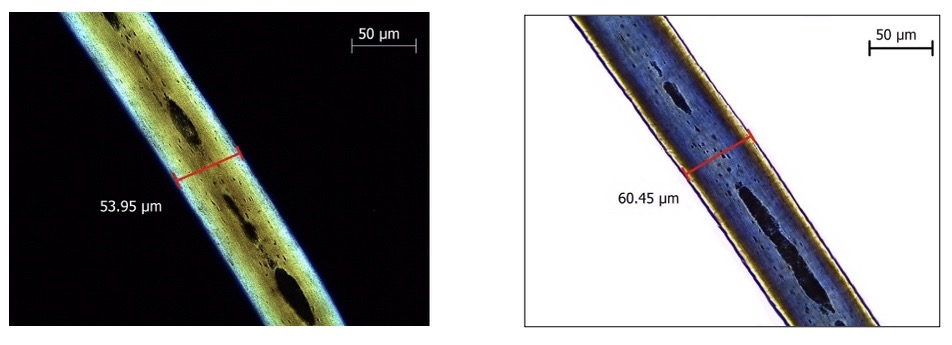
Electron micrographs of human hair

AFM images of Human Hair
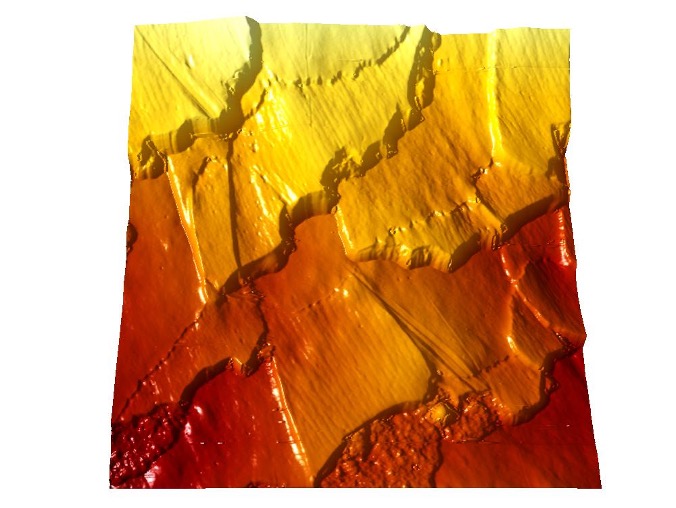
AFM images of human hair
AFM images of Human Hair
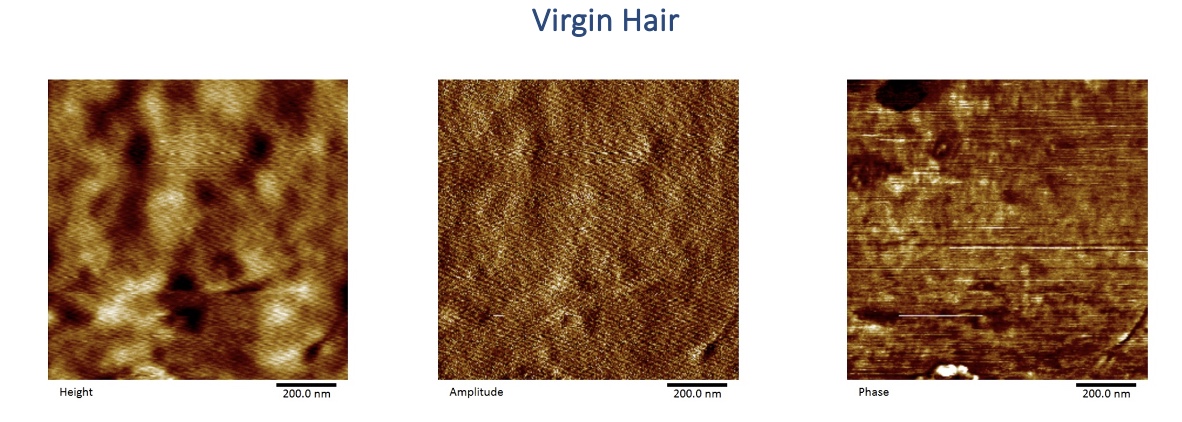
AFM Images of Human Hair
